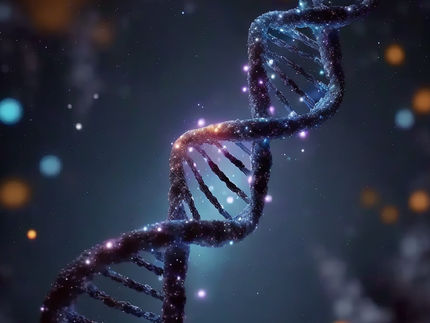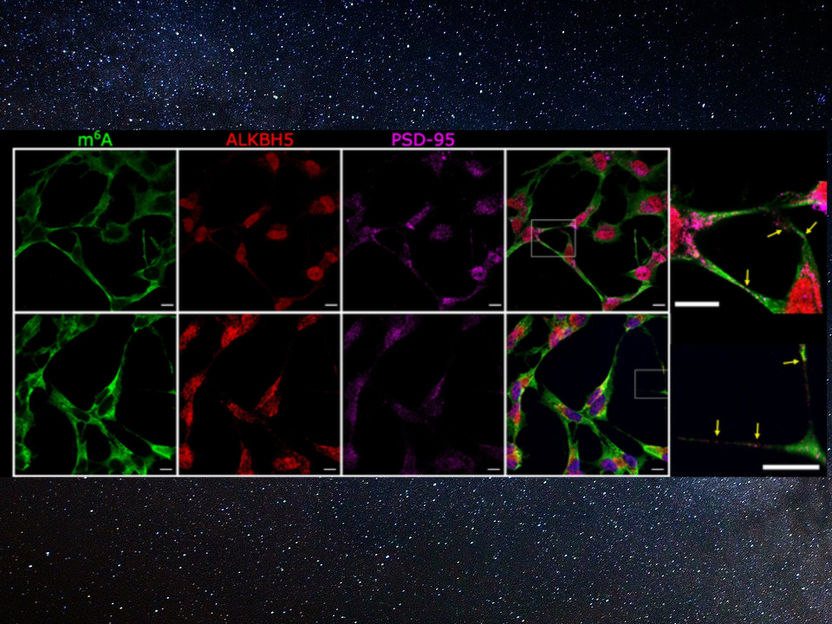Prostate cancer risk variant found to be in a functional DNA sequence linked with disease
Recent genetic association studies have uncovered a number of DNA variants associated with prostate cancer. However, some of these risk variants lie outside of genes, posing a challenge to researchers working to understand the biology of cancer. In a report published online today in Genome Research, researchers have characterized a functional DNA element associated with prostate cancer, lending new insight into the molecular mechanisms of the disease.
Genome wide association studies (GWAS) have uncovered numerous genetic variants that confer increased risk to disease, and interestingly, many reside in genomic regions that lack genes. Although the DNA may not code for a gene, it could still play a functional role. “This raises the question of what non-coding DNA within these gene deserts actually has biological function, and how differences within a functional non-coding element could underlie disease risk,” said Marcelo Nobrega of the University of Chicago, senior author of the study.
Recent GWAS have implicated a specific region of chromosome 8, known as 8q24, for harboring non-coding risk variants for several different cancers, including particularly strong associations with prostate cancer. Variants in this region could lie within enhancer elements, non-coding DNA sequences that control how, when, and where genes are expressed. An altered enhancer sequence could significantly change the normal expression of critical genes, increasing risk for disease.
To test this hypothesis, the group designed an experiment to investigate the enhancer activity of human 8q24 DNA fragments and whether risk alleles of the enhancer modify that activity. The group engineered DNA segments that included the human sequences and a “reporter” gene that would indicate whether any enhancers are present in the human DNA.
They then created transgenic mice that harbored the engineered DNA sequences in every cell of the animal. If a human enhancer interacts with the reporter gene in any tissue, the cells turn blue when treated with a stain.
“By looking at the transgenic mice we noticed that their prostate and mammary glands were blue,” Nobrega noted, “indicating the presence of regulatory sequences within the piece of human DNA that we were testing.” They then focused on the prostate, identifying the specific enhancer driving the observed expression pattern.
The group could then engineer a version of the enhancer that contained a risk variant associated with prostate cancer and test this in mice. The prostate enhancer harboring the risk allele in the sequence drove expression of the reporter gene significantly higher in the mouse prostate relative to the normal version of the enhancer.
“The fact that a single nucleotide difference so markedly altered the enhancer’s activity within the context of a living organism clearly demonstrates the potential impact that variation within non-coding gene regulatory elements could have on disease state,” Nobrega noted.
Previous research has indicated that this enhancer modifies activity of a nearby gene called MYC, a proto-oncogene that exhibits altered expression in prostate cancers. However, those studies found no correlation between the risk allele enhancer and MYC expression in normal or cancerous prostate tissues, suggesting altered MYC expression may not be the biological factor conferring risk to disease in these cases.
The authors further explained that the risk variant enhancer activity was observed in the prostate throughout organogenesis and development, suggesting that the cancer risk variant might assert its influence very early, long before a tumor forms. “This strengthens the notion of a pathogenic process that could initiate much earlier in life than the appearance of clinical alterations, one in which this prostate enhancer could potentially play a part,” said Nora Wasserman, primary author of the study.
Original publication: Wasserman NF, Aneas I, Nobrega MA; "An 8q24 gene desert variant associated with prostate cancer risk confers differential in vivo activity to a MYC enhancer."; Genome Res 2010.





















































